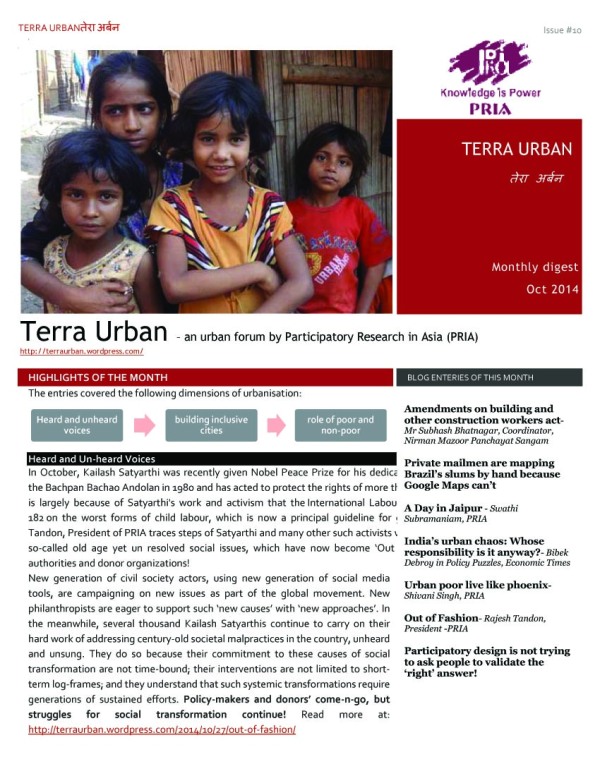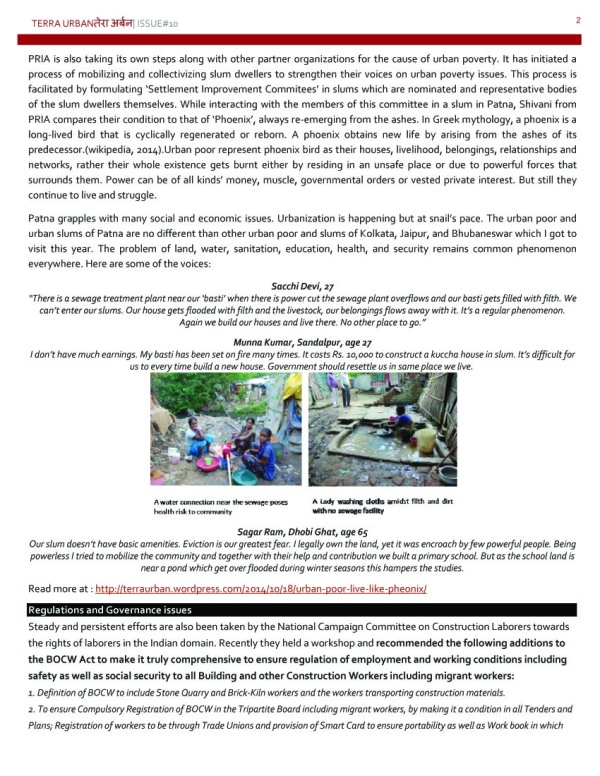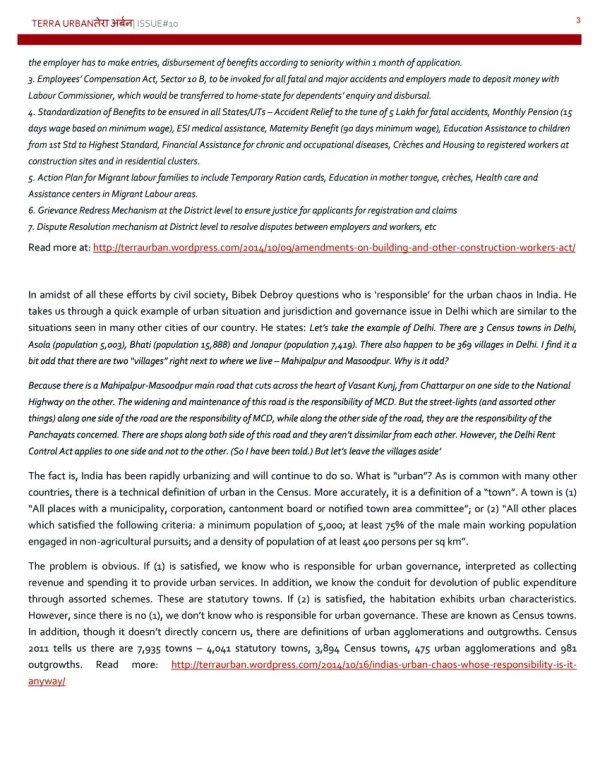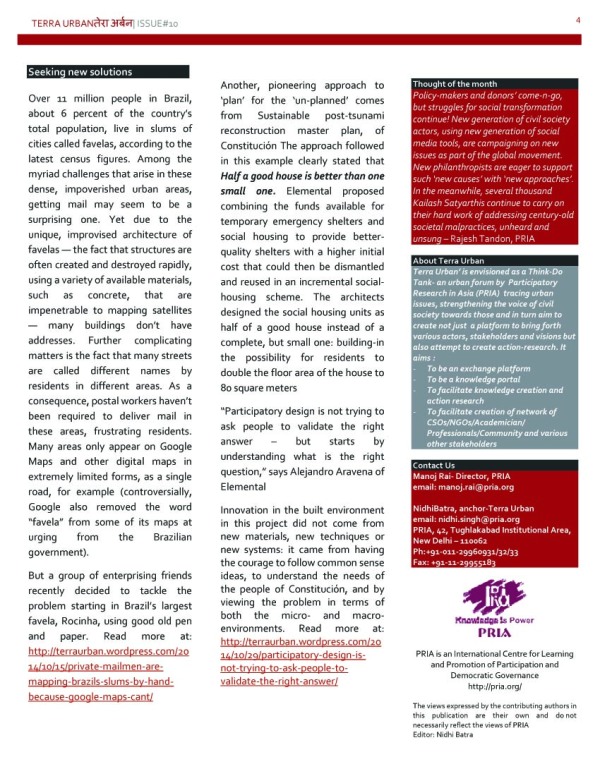A ‘Right to the City’ Campaign was launched earlier this month in Delhi! Realising that half of the country’s population will call urban India home by 2025; The Right to the City campaign aims at making urban spaces more inclusive, keeping in mind the lakhs of migrants that move here from rural India every year.
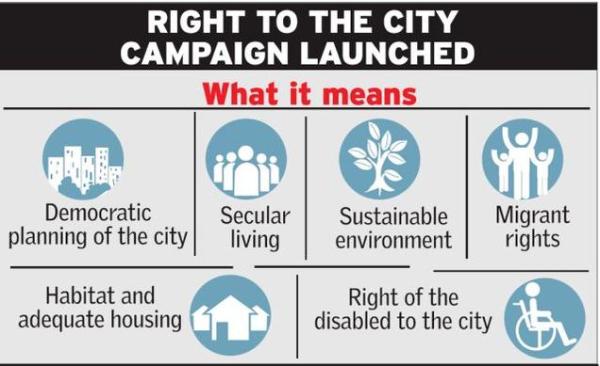
Patiala MP and member of the Standing Committee on Urban Development Dharamvir Gandhi, who attended the launch, said there was a need for people-centric approaches in urban development. From recreational spaces to adequate housing, making the rights of an urban citizen integral to planning is the agenda of the campaign.
“We may be going to Mars and starting bullet trains, but it means nothing when UNICEF says 40 per cent of Indian children are malnourished. We need to ensure a just society for the working class as it creates wealth,” said the Aam Aadmi Party MP.
He said that it would be a long-drawn process and pressure would have to be put on the government, but “just cities” would be on the agenda. Mr. Gandhi said with the government planning on launching ‘smart cities’ there was a need to make sure that the urban poor were not excluded. As per its draft charter, the campaign will support the urban poor, advocate with government agencies for their concerns, and start periodicals and an e-resource centre.
Ministry of Housing and Urban Poverty Alleviation Secretary Anita Agnihotri said Delhi was “becoming more exclusionary”.
“When we plan for cities, we have to plan for all. People will come to cities, whether you like it or not. For quite a while now, we have stopped preparations for new migrants,” said Ms. Agnihotri.
She said the Narendra Modi government had planned 100 smart cities, 500 new cities, and heritage cities. But, she said that policies would have to be people-centric.
“We plan housing with the aim to get land vacated, but we need to plan with people in mind. We made 10 lakh houses in the past decade and many people refused to move in because we never asked them what they wanted,” said the secretary.
She said urban planning must include access to services as well as employment.
The campaign’s launch saw representatives of 15 organisations come together. Similar launches will be held in other cities across the country and customised charters will be brought out.
You can participate in the campaign and see their official page at: https://www.facebook.com/righttocitycampaign/info?tab=page_info
